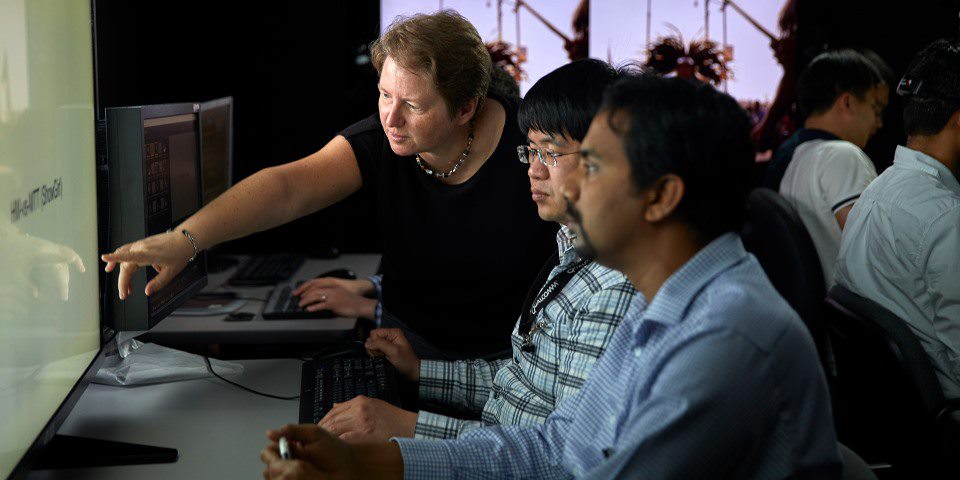Is it patentable?
The European Patent Convention (EPC) states that, for an invention to qualify for patent protection, it must be novel, have an inventive step and be industrially applicable. The EPC also defines certain things which are not considered inventions, and for this reason alone not patentable. Novelty, inventive step and industrial applicability are defined as follows:
- Novelty means not previously published, disclosed or publicly available prior to your first filing date.
- Having an inventive step means being more than just a combination of known features leading to an expected result; not obvious to someone skilled in that technical field.
- Industrial applicability means useful in some practical, tangible, technical sense; not abstract.
Inventions must solve technical problems, and under the EPC this means that solutions to purely business problems cannot be granted patent protection. For example, “super-sizing” deals on take-away food, or discounts to customers through “loyalty” schemes, may have been innovative ways to increase profit margins, but they lack “technical character” and so would not have been patentable.
Mere discoveries, theories or mathematical formulae are not patentable in isolation because they do not do anything useful (example: discovering a distant galaxy). However, if they are put into a practical context, the result could be patentable if it is also new and inventive. For example, the discovery of an unusual physical property of a liquid is not patentable, but the use of that liquid in a new hydraulic system based on this property might be. Similarly, a new mathematical formula for calculating the trajectory of a rocket would not be patentable in isolation, but when incorporated into the guidance system of a rocket to launch satellites, that guidance system might be patentable.

Aesthetic creations – such as paintings, photographs and sculptures, as well as literary, musical, dramatic and other artistic works – are all protected by copyright. They lack technical character so are not protected by patents, even though, for example, the technical features of a new musical instrument or camera might be patentable.
Software is just lines of code, like lines of poetry. Devoid of context software is not useful and so not patentable. However, software when running on a device creates all sorts of useful technical effects, for example routing phone calls, operating a robot arm or compressing data. Many inventions implemented on computers are therefore perfectly patentable – and an increasing proportion of applications to the European Patent Office, in fields ranging from transport to healthcare, feature software at some level.